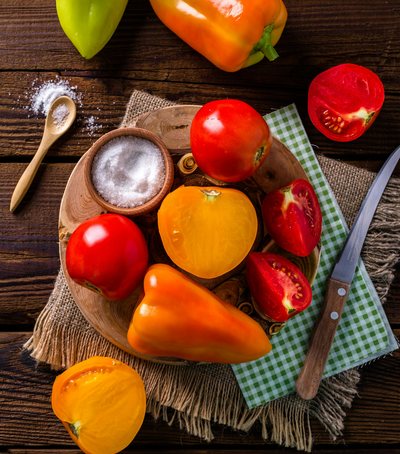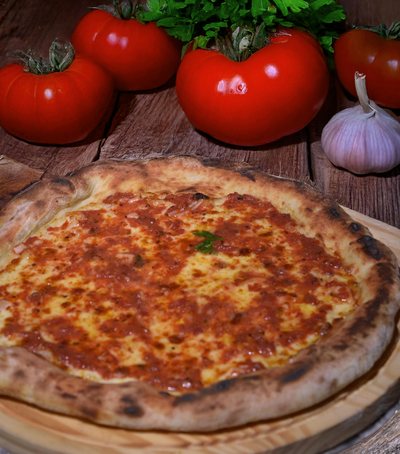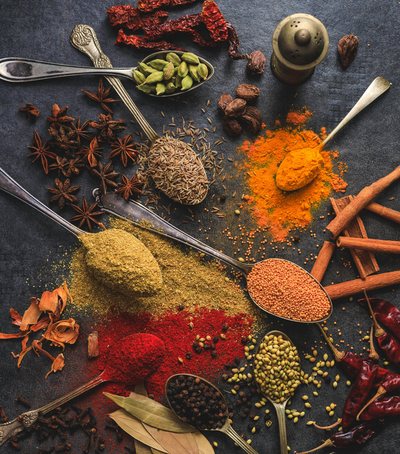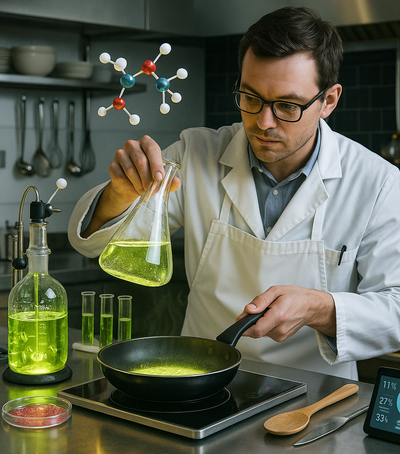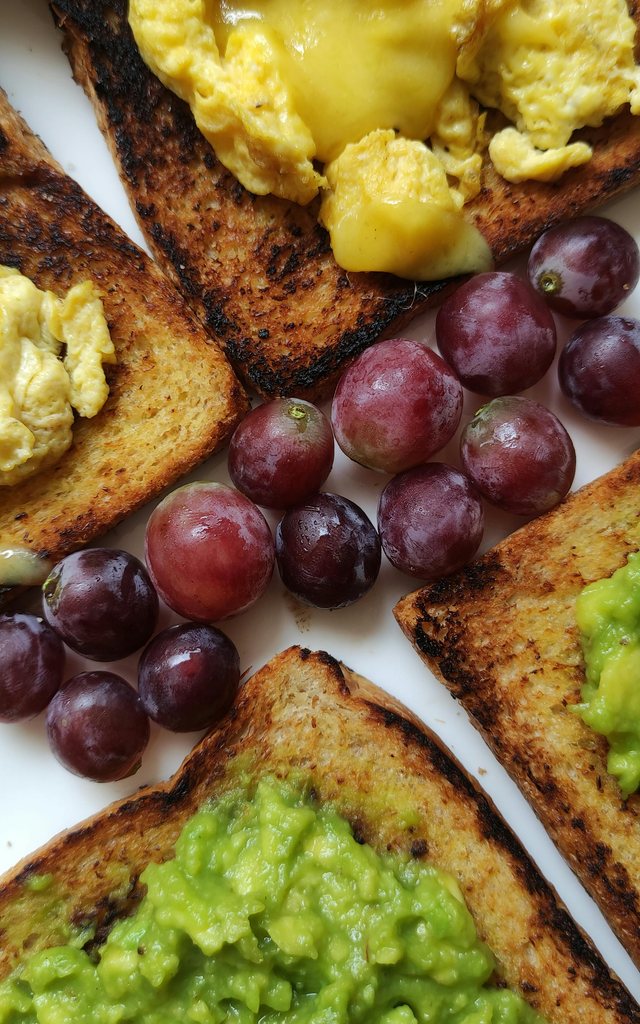
In 2025, global gastronomy is shifting its focus from spectacle to substance. Today's consumer seeks to approach cuisine as a ritual of taste, history and community: dishes are no longer measured by the number of exotic ingredients, but by the depth of narrative, the purity of taste and the respect for the place from which they come. "Authentic" does not necessarily mean "dogmatically traditional", but honest in its source, legible in technique and with ingredients that speak the language of the land.
Authenticity as the new luxury
In a world oversaturated with imitations, serving a simple dish, prepared as generations have done, is an act of luxury. Tacos with nixtamalized corn instead of industrial tortillas; home-fermented miso soup, not with store-bought pasta; wild-dough bread made from ancient grains; these choices bring cleaner flavors and better nutritional value. Young chefs see the recipe as a dialogue with tradition: they elevate it with contemporary techniques, without losing its origins.
The simplicity of local ingredients
Menus are being shortened, seasons are being respected, and “farm-to-table” is becoming more meticulous—in many cases “garden-to-plate.” Local ingredients are not just ecological choices; they create identity on the plate. A tomato grown near the city, an olive oil from the olive groves of the neighboring village, an artisanal cheese from the mountain form the basis of a taste that cannot be copied. Simplicity is not a poverty of imagination, but a focus on quality: fewer ingredients, more technique and respect for the product.
Cultural inclusion with ethics, not as decor
“Inclusion” in the kitchen is not limited to adding foreign spices. We are talking about collaborating with communities that maintain traditions, about crediting recipes and techniques, about investing in the chain that brings them to the table. Gastronomic pop-ups of immigrant communities, “supper clubs” that tell migration stories, kitchens that enthrone small languages through the menu—this is the inclusion of 2025. Culture is not borrowed as a trend; it is invited to the table as a partner.
The return of slow fermentations and techniques
Fermentation, natural drying, seasonal pickles, light smoking are being rehabilitated as flavor arsenals and as smart ways to preserve food without waste. Kombucha, kefir, miso, modern garum, personalized vinegars from forgotten fruits—all of these add layers of complexity to simple dishes. Slow cooking is no longer a hipster trend, but a functional choice to utilize every bit of produce and build deep flavors without throwing anything away.
Immersive experiences: from the open kitchen to the local market
Restaurants are becoming small educational stages: open kitchens, chefs explaining the origins of ingredients, menus that change weekly according to what the market offers. Experiences outside the restaurant are also on the rise: culinary tours in the countryside, cooking workshops on regenerative farms, community dinners in public spaces. The visitor does not only consume food, but knowledge and memories.
Technology as a bridge, not a replacement
Apps that track produce’s origins, platforms for booking pop-up dinners, online services that deliver “seasonal boxes” from small farmers—technology helps with transparency and access. But it can’t replace contact with the land; it simply makes it easier and more equitable to share value in the chain.
Gastronomic businesses: from product to process
Brands that gain trust are those that show the process: how meat is selected, how waste is treated, what happens to cooking water, how workers are paid. Sustainability is being measured with real KPIs, not fancy words. New ways of eating—short menus, monthly subscriptions, themed dinners—make the relationship with the customer more intimate and long-lasting.
What does the consumer of 2025 want?
Clarity in origins, honest stories, pure flavors, respected cultural diversity, balance between tradition and innovation. He/she is curious, informed, often flexitarian, with a keen eye for “greenwashing” and empty marketing.
How to adapt: chefs, amateurs, culinary enthusiasts
Chefs: start from the ground—get to know the farmers, study old techniques, simplify menus. Amateurs: cook seasonally, ferment something at home, learn an original recipe from a friend from another culture. Media and educators: show the processes, not just the beautifully photographed dishes; give space to the small voices that make a difference.
The flavors of 2025 are not a list of “superfoods” or a wave of new spices; they are an ethical and aesthetic shift toward cuisine that listens to the land, respectfully embraces culture, and celebrates simplicity. Authenticity, locality, and inclusion are not labels, but the building blocks of a dish that nourishes the body, mind, and conscience. At the end of the day, the biggest trend is this: eating mindfully.
Photo Credits (Reynaldo Yodia):
https://www.pexels.com/photo/red-and-purple-grapes-on-brown-bread-13942326/


